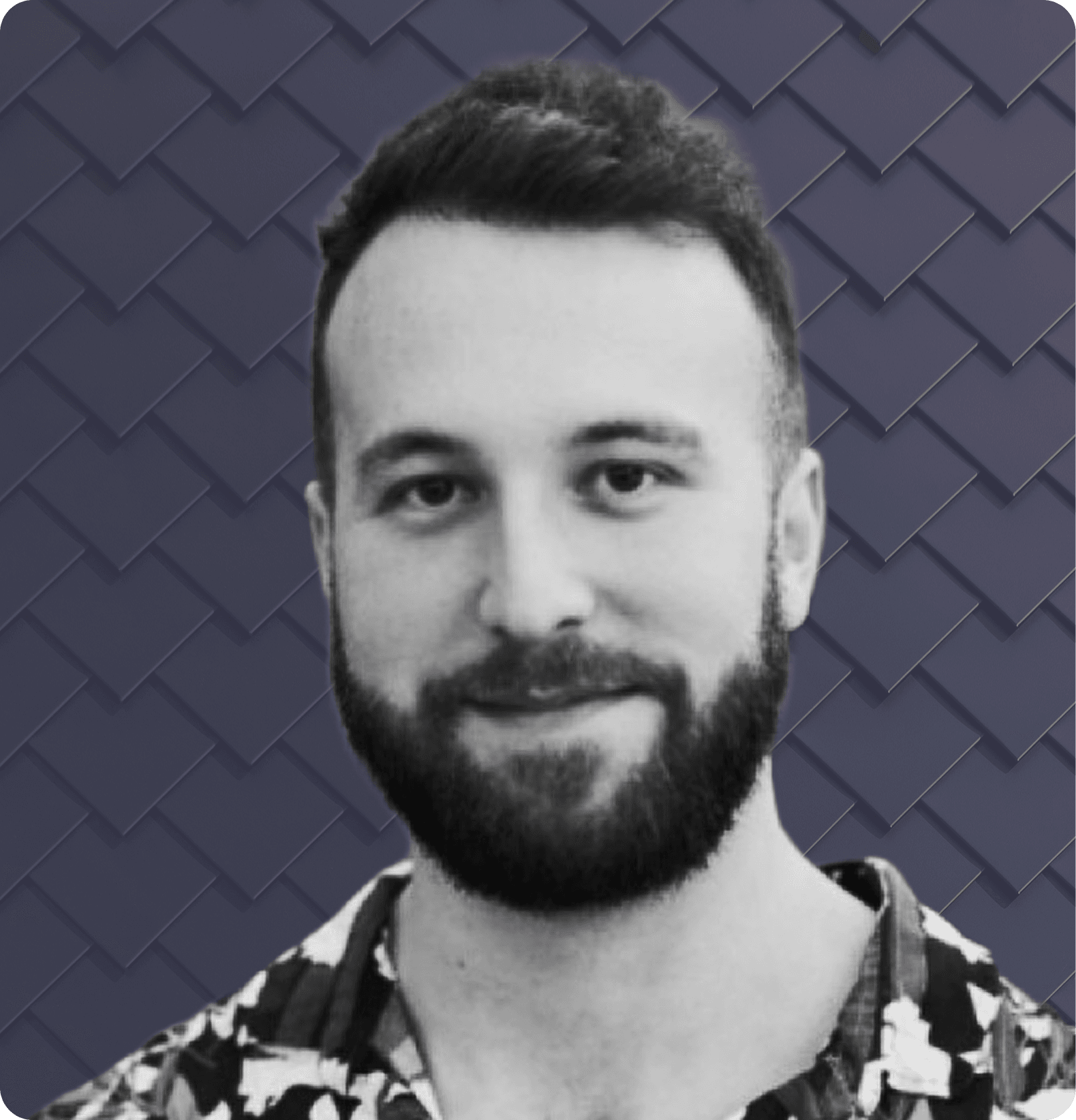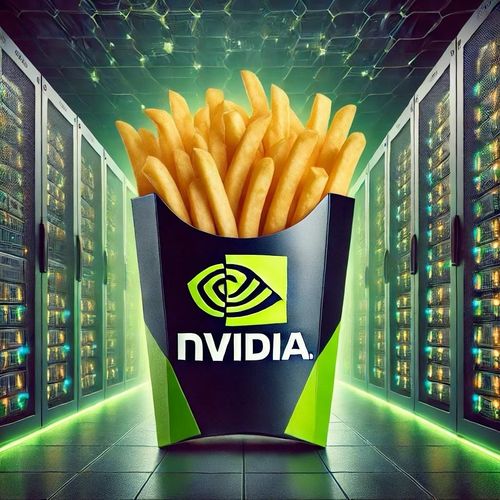The Cloud’s TSMC Moment: Why Neoclouds Won't Own Hardware

The Cloud’s TSMC Moment: Why The Largest Neoclouds Won't Own Hardware
In 1987, the founding of Taiwan Semiconductor Manufacturing Company (TSMC) began a fundamental shift in the semiconductor industry by pioneering a “pure-play” foundry model. Prior to this, industry heavyweights like Intel, Texas Instruments, and NEC Semiconductor were vertically integrated device manufacturers (IDMs), handling both integrated circuit (IC) design and manufacturing. TSMC changed that by specializing exclusively in manufacturing, enabling a new generation of fabless startups like NVIDIA to outsource this capability and specialize solely in IC design.
The decoupling of the semiconductor business has had enormously disruptive consequences. Today, NVIDIA is the largest semiconductor firm by market capitalization and stands at 30x the capitalization of Intel. TSMC itself is 7x the size of Intel, and has become one of the most valuable and critical companies in the world, responsible for supplying virtually all of the cutting edge chips for giants such as NVIDIA and Apple.
This specialization has facilitated enormous progress on both sides of the industry, which has directly led to the advancements which have facilitated the current AI boom. Now because of that same boom, similar economics are facilitating another decoupling and disruption further up the value chain.
Today, cloud computing is experiencing the same critical threshold of complexity and increasingly divergent capital requirements that drove the decoupling of IC design and manufacturing in the late 80’s and 90’s. In the future most clouds, and eventually even the largest, won’t own any hardware at all.
Understanding the Decoupling: Moore’s First and Second Laws
Most are familiar with Moore’s Law: the number of transistors on integrated circuits doubles roughly every two years. However, Moore’s second law, less widely known but equally important, states that the cost of building state-of-the-art semiconductor foundries doubles approximately every four years.
This exponential growth in capital requirements, and the parallel growth of design sophistication, naturally set the stage for decoupling and specialization. Companies found it increasingly difficult to master both ever more sophisticated chip design and the extraordinary complexity needed to manufacture them at scale cost effectively.
Today, an almost identical dynamic is emerging in cloud computing. Cloud giants like AWS, Google Cloud, and Azure are vertically integrated, managing both massive server infrastructure and developing sophisticated software stacks on top of their own hardware. These big three are all doubling down on this strategy and attempting to take it even a step further by also designing their own in-house AI chips (such as TPUs) to further verticalize their stack.
The first generation of AI-centric clouds (or “neoclouds”), like Lambda Labs, roughly follow this same vertically integrated playbook by building their own hardware capacity while pursuing their own abstracted software platforms in tandem. But because of increasingly similar economic pressures, this model stands to be disrupted, and efforts to vertically integrate even further stand to have massive blow back. The first to realize and execute on this effectively will be the ultimate winners just as TSMC and NVIDIA are today.
The Emergence of “Pure-Play” AI Factories
The accelerating sophistication and cost of GPU-powered data centers (referred to as AI Factories by Jensen) parallel the early history of semiconductor manufacturing facilities. Take the A100 GPU from NVIDIA which had an initial starting price of $20,000. Roughly 5 years later, the price of the soon to be released B200 GPU is close to $40,000. The power draw, meanwhile, has roughly quadrupled from 250W to 1000W, accelerating challenges in supporting infrastructure and operations. This rate of growing capex and complexity closely mirrors the dynamics of foundries in Moore’s second law.
This isn’t the only pressure driving decoupling. As the cost and complexity of HPC infrastructure and AI Factories continue to escalate, so too does the pace of change in the world of software applications and tooling.
As AI-driven software development accelerates, software iteration cycles will shorten dramatically, demanding frequent updates, adaptations, and specialized features to support its continued improvement and growth. If the rate of increasing costs and complexity of AI Factories seems to parallel that of foundries, then the speed of software iteration cycles seem poised to mirror the rapid progress of integrated circuit capacity in Moore’s first law.
Though this is innately harder to measure, given recent advancements it doesn’t seem outrageous to suggest that software iteration speeds are on pace to roughly double every two years. Compare the state of the art in early 2025 to early 2023: Tools such as Cursor and Replit are now able to leverage current frontier models to reduce the barrier of entry for software development to a level never seen before. They enable the completion and deployment of working app POCs with a handful of prompts, while also turbocharging the abilities of experienced software developers. An analysis by Github in May 2024 showed a 50% increase in developer productivity from using Copilot. These tools and capabilities are the worst they will ever be today.
For the software side of the cloud business, this means demand for tooling and infrastructure to launch, manage, and produce this software will only continue to accelerate just as their own ability to iterate quickly on their own platforms accelerate as well. If they don’t, then their competition surely will instead.
Just as AMD eventually spun out their foundry business to go fabless despite fierce initial resistance ("real men have fabs"), cloud service providers will begin to realize that AI hardware investment and cloud software development require fundamentally different expertise, investment profiles, and intense areas of focus.
Unlocking a New Generation of Neoclouds
Future neoclouds will be forced to specialize exclusively in software and user experience to beat and stay ahead of the competition, by offloading hardware investment and management to dedicated AI Factory providers. These AI Factories will function similarly to TSMC, by taking on the burdens of intense capex and reducing costs by sheer economies of scale. They will provide access to state of the art infrastructure through flexible bare metal APIs, freeing neoclouds to invest their resources entirely into differentiated user experiences and software innovation at higher levels of abstraction up the cloud stack.
Such AI Factory businesses will face early challenges similar to those TSMC encountered, which lacked large obvious early customers as the major semiconductor firms already possessed in house foundries. But this didn’t particularly concern founder and CEO Morris Chang. Chang had previously served as an executive at Texas Instruments, where he worked with numerous engineers who dreamed of one day launching their own chip companies. Raising the capital to do this was extremely prohibitive however, with the cost of building an in house foundry quickly escalating into the hundreds of millions.
By creating an independent foundry that they could outsource to, Chang reduced the barrier of entry substantially, enabling a generation of fabless chip startups to enter the market without prohibitive infrastructure investment needs. In a rare interview on the Acquired podcast, Morris Chang recollected the first time a then nearly bankrupt NVIDIA had reached out to him in the 90s: “I had always told our sales people we should never be negligent in talking to future customers, even if the customer seemed to be a very small one”.
This approach paid off. NVIDIA, Qualcomm, Broadcom, Mediatek, P.A. Semi (acquired by Apple to form their in house chip division) and countless others flourished and reshaped the industry precisely because they were able to outsource to TSMC and other foundries adopting the pure-play foundry model.
Reducing Barriers to Entry
The same economic headwinds are now pushing upstream full force for cloud platforms. The capital and expertise required to operate GPU clusters and AI Factories are quickly becoming prohibitive. In parallel, the demands for the software side of the cloud business are only beginning their dramatic acceleration as well.
Neoclouds will have to keep up with the demand for ever better and more expansive tooling as the barriers for producing software continue to decrease. Those that are able to focus purely on software and customer-facing innovation are poised to be far more successful, given they no longer need to shell out capital, time, and focus on an underlying hardware business.
The emergence of dedicated AI Factories that can enable this will dramatically lower barriers to entry just as TSMC did, spawning new specialized cloud companies, each innovating faster and more creatively than today’s vertically integrated providers. Among them, several companies will inevitably scale into formidable players, reshaping the competitive landscape and potentially disrupting established hyperscalers just as Intel is nearly an afterthought today.
TSMC's choice to specialize transformed the semiconductor industry and, with it, the world. The cloud industry’s TSMC moment is now happening as we speak, as a direct consequence of the previous specialization in the semiconductor industry. Vast AI, Runpod, Salad, and SF Compute are just a handful of startups attempting to build software only cloud businesses on top of bare metal providers, while my company Hydra Host is taking the approach of enabling independent data-centers to transform into specialized AI Factories with our turnkey bare metal solution and bundled design, procurement, and financing services.
The decoupling is underway. The only questions are how quickly will it play out, and will the hyperscalers be able to adapt? Or will they become the new generation of IDMs like Intel and NEC Semiconductor before them?



